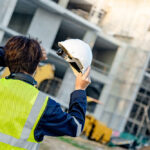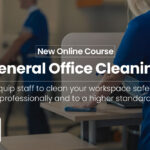
Lifting equipment is a broad category. Warehouses, construction sites, even hospitals – a surprising number of workplaces rely on equipment that’s subject to LOLER. But what equipment does LOLER cover? And how do you comply?
This guide answers these questions. It explains the scope of LOLER and how to meet its requirements effectively, so you can ensure that your workplace lifting equipment is compliant and that nothing is overlooked.
LOLER Requirements
The Lifting Operations and Lifting Equipment Regulations 1998 (LOLER) apply to all lifting operations.
Lifting operations are defined as “an operation concerned with the lifting or lowering of a load.” A load can be an object, equipment, people or animals, so LOLER applies to a wide range of workplaces.
Under LOLER, employers must ensure all lifting operations are safely:
- Planned
- Supervised
- Executed
How you ensure safety scales with the complexity of the lifting operation. For example, a simple, repeat lift won’t need its own lifting plan. You can trust the people involved to think it through on the day, provided they’re competent.
Of course, more complex (i.e., risky) lifts will need extensive planning and supervision by specialists.
Part of planning is selecting the right equipment. All lifting equipment should be strong and suitable for the task, and it should be regularly inspected and maintained in safe working order. So, it’s essential to know what equipment LOLER is relevant to. Otherwise, you risk missing an inspection or using equipment that’s against regulations.
What Equipment Does LOLER Cover?
Recognising what equipment is covered by LOLER is crucial for compliance. The regulations apply to a wide range of equipment, but it can be split into two broad groups: equipment for lifting inanimate loads and equipment for lifting people.
It’s important to define equipment this way as different safety standards and inspection requirements apply to each.
Equipment for Lifting Inanimate Loads
Cranes and Hoists: These include tower cranes, mobile cranes and overhead cranes. They are commonly used to lift heavy loads in construction, manufacturing and transportation.
Forklifts and Telescopic Handlers: Essential in warehouses and distribution centres, these machines move pallets, containers and other heavy items.
Motor Vehicle Lifts and Vehicle Tail Lifts: These include lifts used for vehicle maintenance and inspection, as well as cranes fitted to vehicles.
Goods Lifts: These lifts exclusively transport goods between different levels within a building and are used in both commercial and industrial settings.
Rope and Pulley Systems: Found in various industries, including agriculture and forestry. These systems are used for tasks like hoisting tools, equipment and materials.
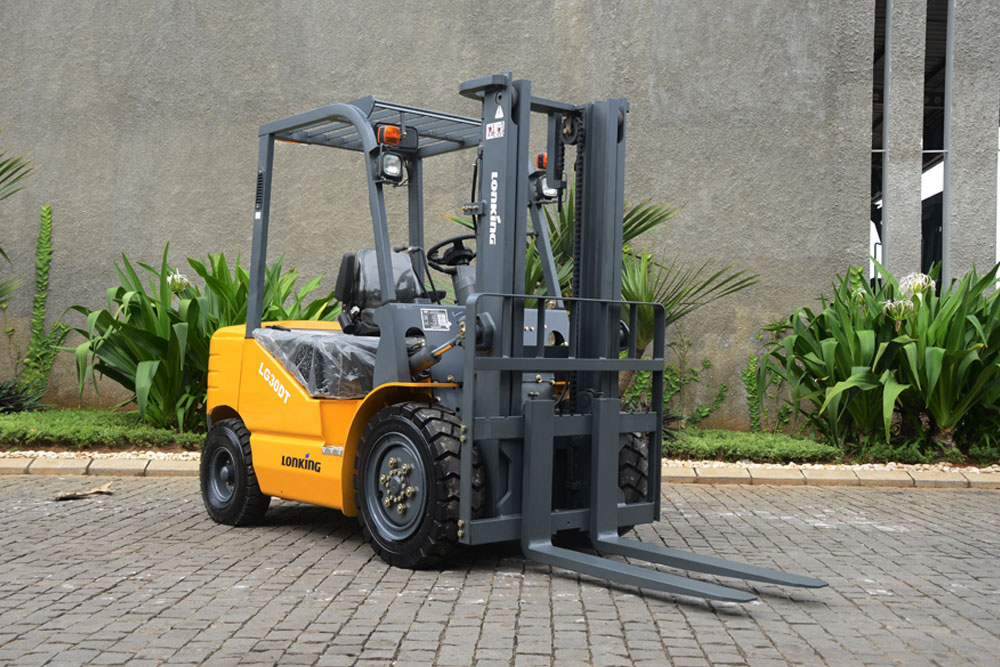
Equipment for Lifting People
Passenger Lifts: These lifts transport people between floors in buildings like offices and hospitals.
Construction Site Hoists: These include caged hoists used on construction sites to lift workers between levels of a structure.
Mobile Elevated Work Platforms (MEWPs): MEWPs are used to safely lift workers to perform tasks at height.
Building Cleaning Cradles and Suspension Equipment: These are used to lift workers and equipment for building cleaning and maintenance.
Harnesses and Cradles: Used by arborists, window cleaners and construction workers, these systems allow safe access to high or difficult-to-reach areas.
Patient Hoists: These devices are used in healthcare settings, such as hospitals and care homes, to assist in moving patients safely in and out of bed.
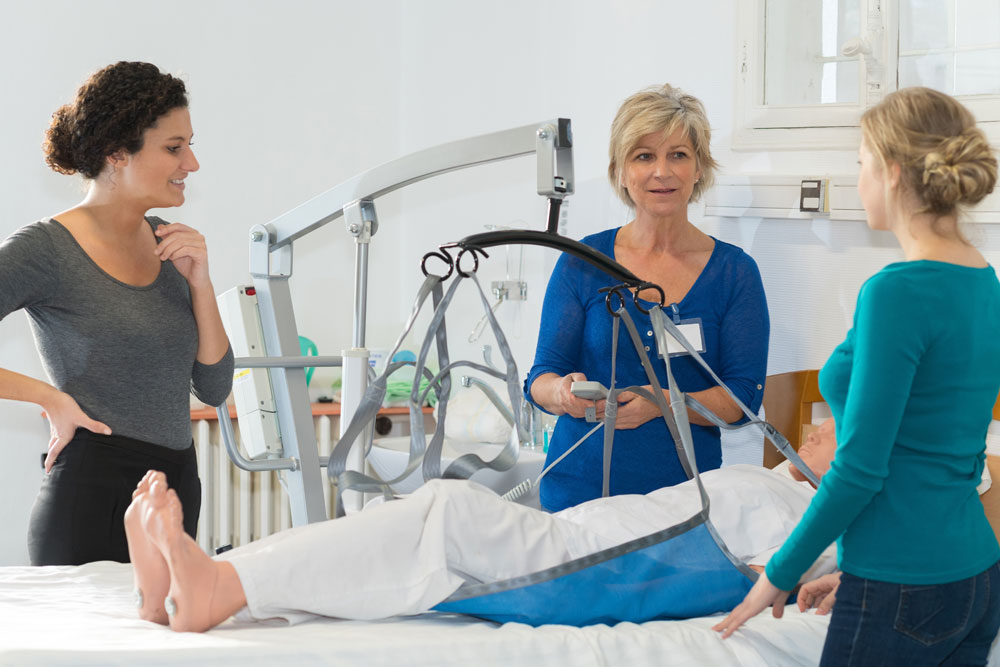
Lifting Accessories
Lifting accessories are essential components that ensure the safe attachment and lifting of loads. They include:
Slings: Made from materials like nylon, polyester or steel wire, slings securely cradle and lift loads.
Chains and Hooks: Strong and durable, these are used to attach loads to lifting equipment, ensuring they are securely held.
Eyebolts and Shackles: These are used to create secure lifting points on loads, allowing them to be safely lifted and moved.
Spreader Beams: These are used to distribute the weight of a load evenly, reducing stress on the lifting equipment and ensuring a balanced lift.
Ropes: Ropes are used in various configurations to lift and secure loads. They must be strong and durable to ensure safety.
What Equipment Does LOLER Not Cover?
While LOLER covers a broad range of lifting equipment, there are specific exclusions. Knowing what equipment is not covered can help you focus your inspection and maintenance efforts.
Public-use Elevators: LOLER regulations do not include elevators used exclusively by the public, such as those in residential buildings.
Escalators and Moving Walkways: As they are mainly used in shops or public buildings, escalators and moving walkways are not considered lifting equipment under LOLER, even if they transport people between floors.
Fall Arrest Systems: Fall arrest equipment is primarily covered by the Work at Height Regulations unless it’s used as part of a system to lift people.
How Do You Make Lifting Equipment Safe?
LOLER sets out how to ensure lifting operations are incident-free. Critical to this is ensuring equipment is in safe working order, which is why all lifting equipment must be subject to regular checks. There are three types:
- Pre-use checks
- Inspections
- Thorough examinations
Pre-use checks are the lightest. They should be carried out daily by the equipment operators themselves. Operators must be trained to do them, but training doesn’t need to be extensive.
Inspections are more in-depth and should be carried out weekly or monthly by competent personnel. As inspections are more detailed, the level of knowledge and training needed to conduct them is greater.
Thorough examinations are the most comprehensive. Competent personnel should carry them out approximately every 12 months (or 6 months for lifting accessories). However, the examination schedule ultimately depends on the equipment and conditions in which it’s used.
Because examinations are so extensive, it takes significant knowledge, skills, experience and training to be considered competent.
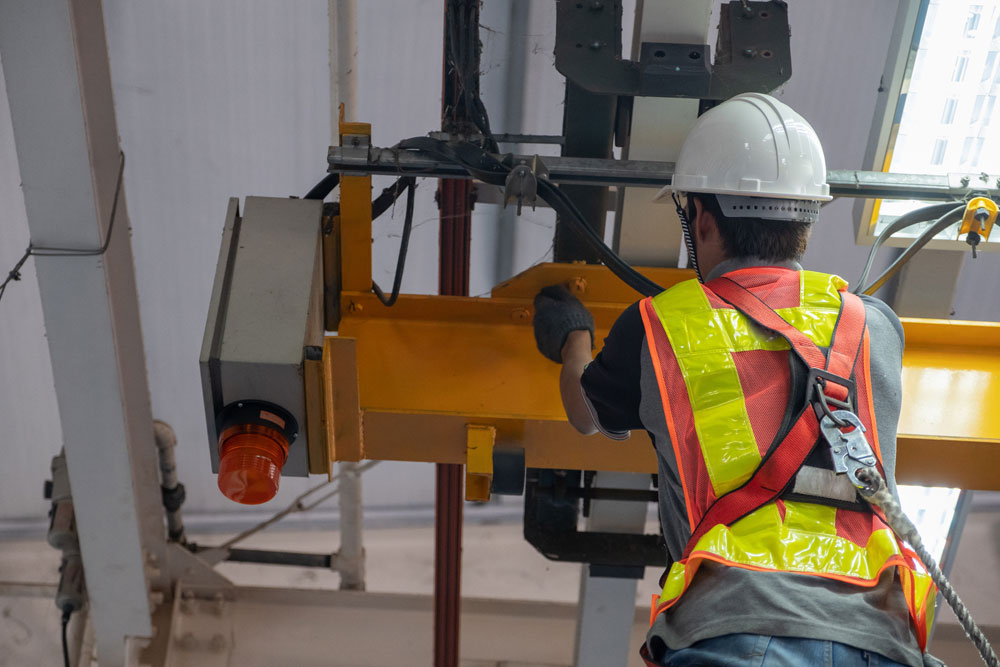
Equipment for Lifting People
Requirements for lifting people are stricter as it’s inherently riskier than lifting goods.
Always use equipment specifically designed and marked for lifting people with appropriate carriers (the device which supports people as they’re lifted).
You must also examine equipment designed to lift people every six months instead of annually for other equipment.
What Equipment Does LOLER Cover? – Key Takeaways
- LOLER applies to a broad range of equipment designed to lift objects as well as people.
- Lifting accessories like slings, chains and hooks are essential components and must also comply with LOLER.
- Inspections and thorough examinations are crucial for safety. Lifting equipment and accessories require regular, detailed checks by competent personnel to identify and address defects.
- Equipment designed to lift people requires examinations roughly every six months to ensure safety, although this can increase depending on the equipment.
- Ensuring compliance with LOLER involves careful planning, regular inspections and using appropriate, well-maintained equipment.
LOLER Competent Person Training
Ensuring compliance with LOLER is critical for workplace safety, and having competent personnel is vital.
Our online LOLER Training course is designed to equip individuals with the knowledge and skills needed to manage lifting operations effectively. It covers all aspects of LOLER, including risk assessments, equipment inspections and safe lifting practices.















































































































































































































































































































































































































































































































































































































































































































































